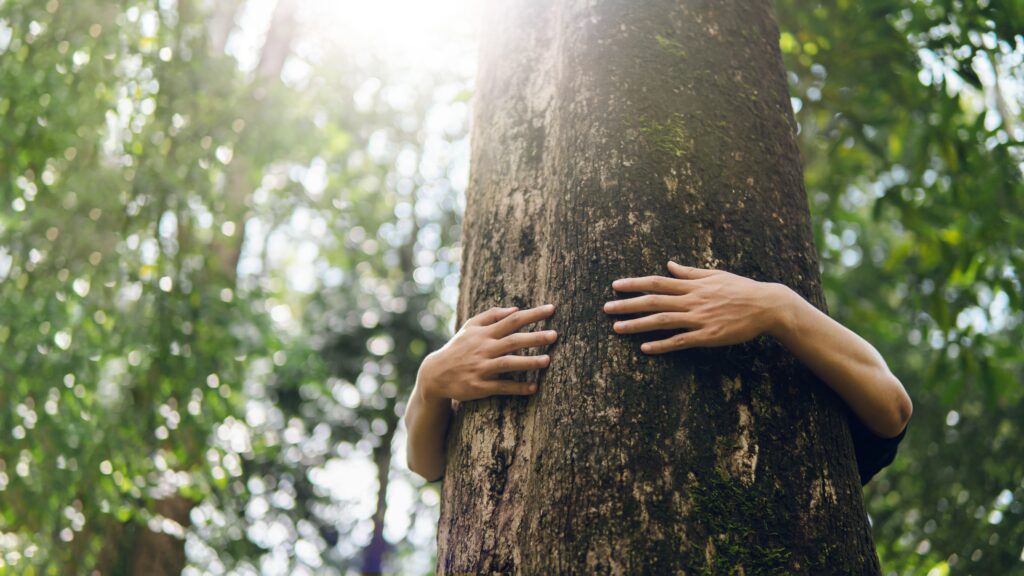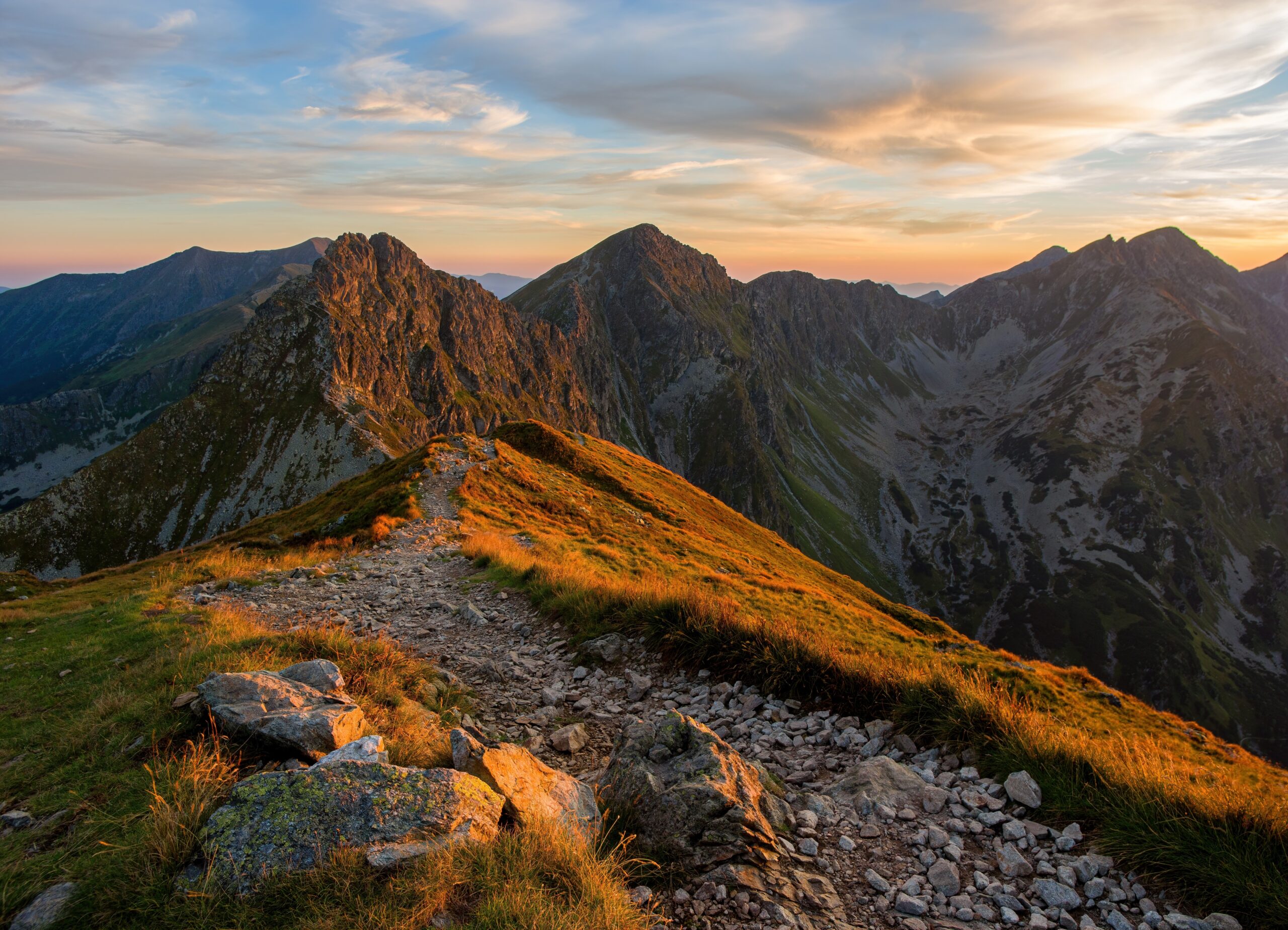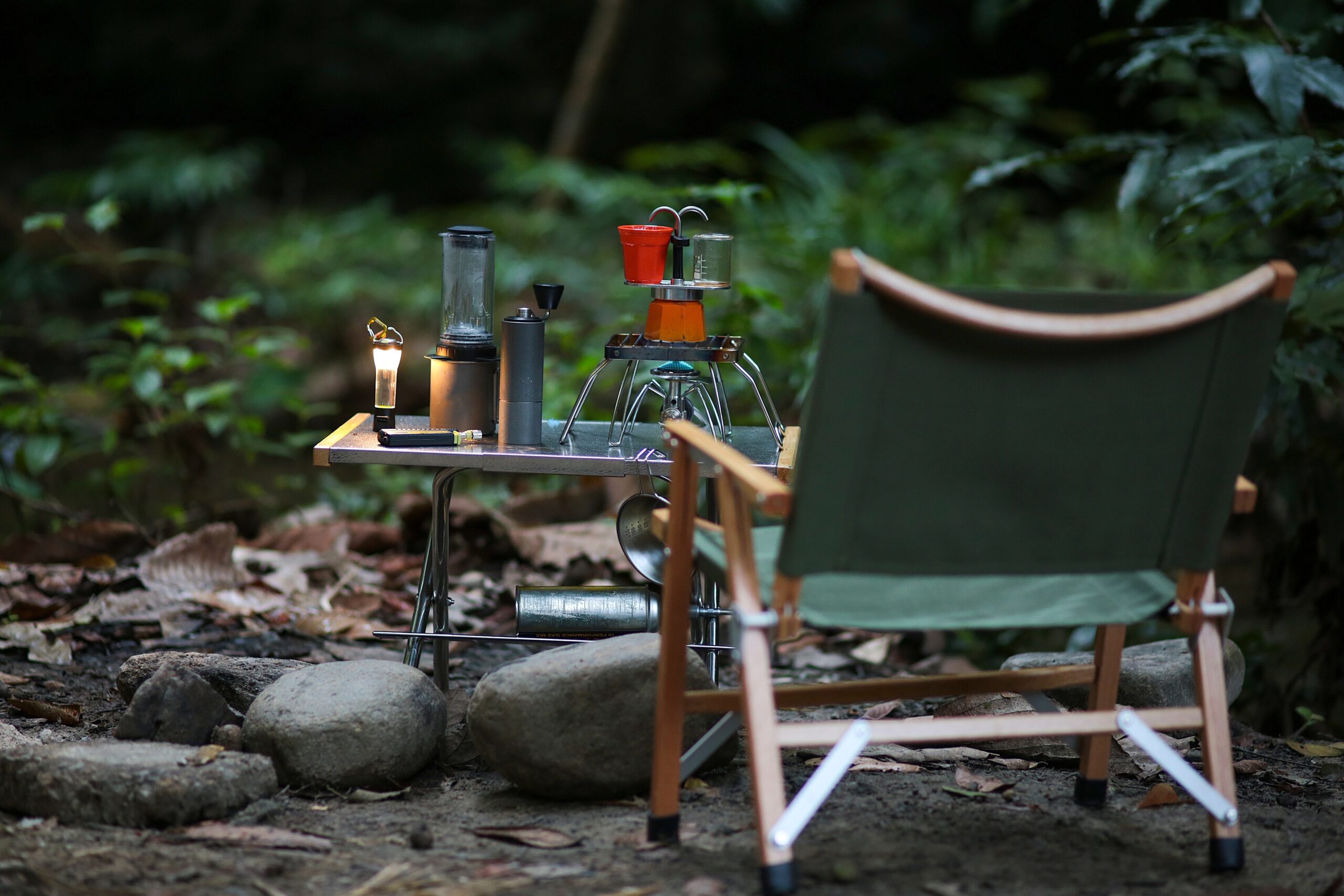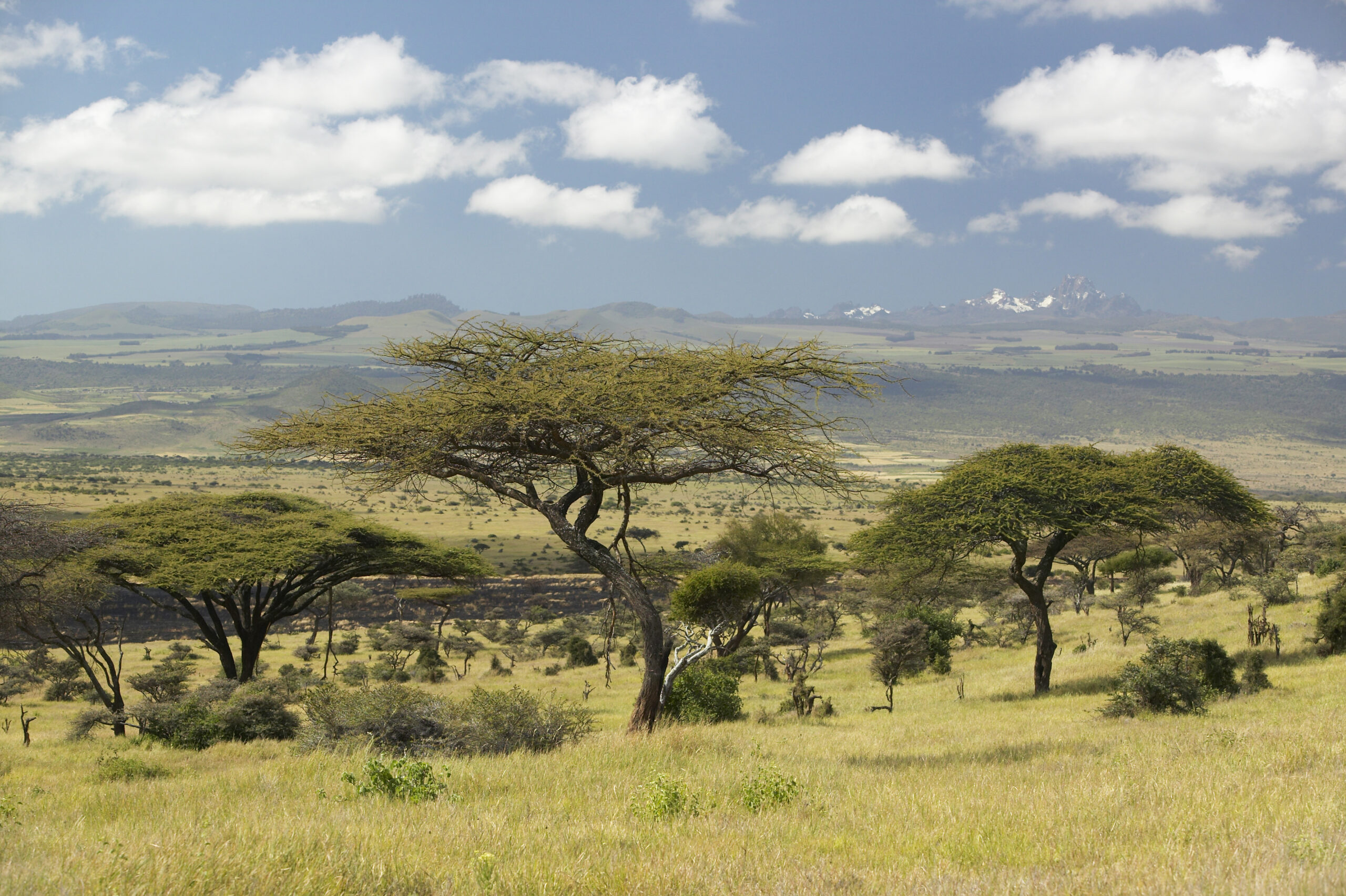Hiking connects us to nature — but without care, it can also damage the very environments we seek to enjoy. From eroded paths and littered viewpoints to trampled wildflowers and disturbed wildlife, irresponsible hiking leaves scars. This guide explores how to minimise your footprint and maximise your appreciation, using the principles of eco-friendly hiking and Leave No Trace ethics. With just a few mindful habits, every hiker can become a protector of the path, not just a visitor.
Outline
- Why Eco-Friendly Hiking Matters
- Understanding the Leave No Trace Principles
- Preparing Responsibly: Before You Hit the Trail
- Eco-Aware Gear: What to Bring (and What to Leave Behind)
- Trail Etiquette for Sustainable Exploration
- Wildlife & Flora: Look, Don’t Touch
- The Problem with Photos and Popularity
- Supporting Conservation and Local Communities
- Leave No Trace Checklist
- Final Thoughts: Walk Light, See More
Why Eco-Friendly Hiking Matters
Nature isn’t a backdrop — it’s a living, breathing ecosystem. And while hiking seems low-impact, the combined effect of millions of boots, bins, and social media check-ins can cause real harm.
Common impacts of careless hiking:
- Soil erosion and damaged vegetation
- Disturbed animal habitats
- Litter, especially plastic and food waste
- Off-trail shortcuts that become permanent scars
- Overcrowding and noise in sensitive areas
Every footstep is a choice — to protect, or to harm. Eco-hiking starts with awareness.
Understanding the Leave No Trace Principles
The Leave No Trace framework provides 7 core principles for low-impact outdoor recreation:
- Plan ahead and prepare
- Travel and camp on durable surfaces
- Dispose of waste properly
- Leave what you find
- Minimise campfire impact
- Respect wildlife
- Be considerate of other visitors
These aren’t rules — they’re reminders to tread kindly.
Preparing Responsibly: Before You Hit the Trail
Eco-friendly hiking begins before your boots hit the ground.
Responsible preparation includes:
- Researching trail regulations and closures
- Avoiding peak hours to reduce crowd pressure
- Checking weather forecasts to stay safe and avoid damage
- Packing reusable and non-toxic supplies
- Letting someone know your plan (to avoid rescue impact)
Knowledge is the first tool in your eco-kit.
Eco-Aware Gear: What to Bring (and What to Leave Behind)
Every item you carry matters.
Choose:
- Reusable water bottles and containers
- Eco-friendly sunscreen and insect repellent (biodegradable)
- Lightweight trowel for bathroom breaks
- Microfibre cloth instead of wet wipes
- Repackaged snacks to avoid crinkly, single-use plastic
Avoid:
- Glitter, balloons or confetti for celebrations
- Scented lotions that attract animals
- Plastic-heavy packaged meals or drinks
Leave no trace doesn’t mean leave no gear — just the right gear.
Trail Etiquette for Sustainable Exploration
Being respectful isn’t just polite — it’s essential.
Follow these habits:
- Stick to the path — even if it’s muddy
- Walk single-file on narrow trails
- Yield to uphill hikers and wildlife
- Keep noise levels low (skip the speaker)
- Don’t block paths for selfies or large group chats
- Pick up any litter you find, even if it’s not yours
Think of the trail as borrowed — because it is.
Wildlife & Flora: Look, Don’t Touch
Interacting with wildlife or picking flowers may seem harmless — but it isn’t.
Instead:
- Observe from a safe and quiet distance
- Use zoom lenses or binoculars for photography
- Never feed animals — it changes their behaviour and harms health
- Don’t pick flowers, mushrooms, or take stones or bones as souvenirs
- Avoid nesting sites or animal tracks
You’re in their home. Be a respectful guest.
The Problem with Photos and Popularity
In the age of Instagram, some trails are being loved to death.
How to be a mindful sharer:
- Don’t geotag fragile locations
- Use captions that encourage respect, not clout
- Show realistic trail conditions, not just filtered perfection
- Avoid creating new paths for the “best angle”
- Highlight Leave No Trace messages in your posts
The perfect shot isn’t worth a damaged view.

Supporting Conservation and Local Communities
Sustainability includes social and economic awareness.
Do:
- Shop and eat locally
- Choose certified eco-lodges or guides
- Donate to trail maintenance or conservation funds
- Follow indigenous protocols and learn about land rights
- Volunteer for trail cleanups or nature restoration events
Your wallet can support the land you love — use it wisely.
Leave No Trace Checklist
| ✅ Task | Notes |
|---|---|
| Plan your route & check rules | Research online or at visitor centres |
| Pack it in, pack it out | No wrappers, peels or tissues left behind |
| Stay on the trail | No shortcuts, even if tempting |
| Respect wildlife | Quiet, calm, no feeding or approaching |
| Use biodegradable products | Especially if swimming or washing nearby |
| Avoid overused sites | Try quieter trails to reduce pressure |
| Share responsibly | Skip geotags, include conservation tips |
Print and keep it with your gear — a simple reminder with a big impact.
Final Thoughts: Walk Light, See More
Eco-friendly hiking isn’t about perfection — it’s about progress and mindfulness. With each responsible hike, you help preserve trails for future generations, protect vulnerable ecosystems, and deepen your own connection with the land.
So go ahead: take the view, take the memories, take the calm.
Just leave only footprints — and your respect.








